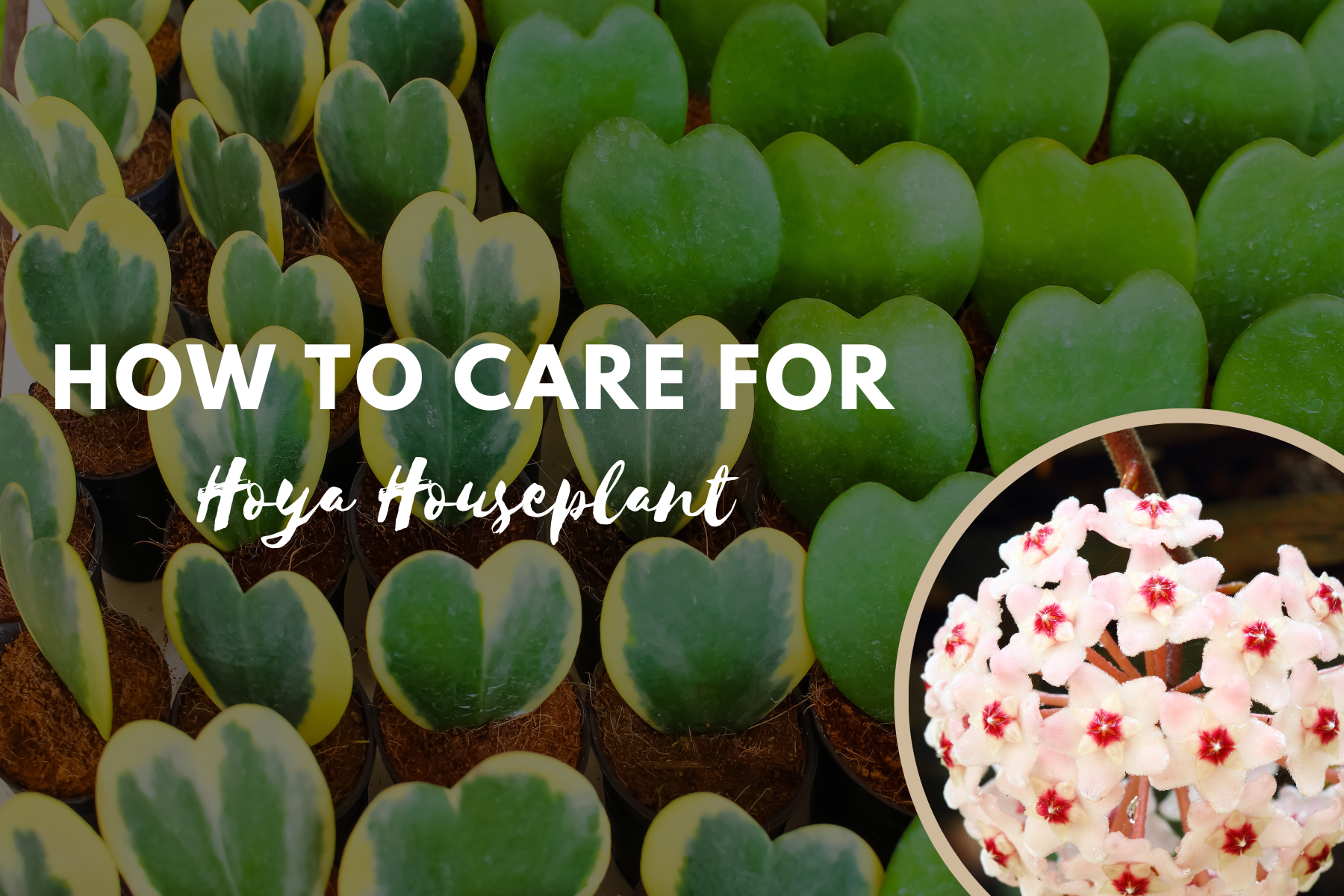Last Updated on April 11, 2024 by Real Men Sow
Hoyas can be used as tabletop plants (sitting at a table, shelf, or buffet), or as hanging plants. They are available in grow pots of 4, 6, 8 and 10 inches, usually with a hanger. My Hoya carnosa variegata, which is outdoors, has 4-5′ trails. Many of them can be grown as climbing vines in their natural environments.
There are many varieties and species of Hoyas on the market. There are many varieties of Hoyas available, so you can be sure to find one that interests you. The foliage is available in many sizes, colors, and textures. H. carnosa, H. carnosa variegata and H. Carnosa compacta are the ones I most frequently see.
General Care Guide
Light
Hoyas require bright, natural sunlight to thrive. Mine is located on a corner table next to a sliding door that faces north and a narrow, tall window facing east. Tucson gets a lot of sunlight throughout the year so it’s the perfect spot. It is rotated every few months to ensure it receives the same amount of light.
You can choose to have your sun exposure either east or west if you live in a cooler climate. It should be kept out of direct sunlight and hot windows. You might need to relocate yours to an area with more sunlight during the winter months. Hoyas require bright sunlight to thrive indoors. This is where west exposure is crucial.
Watering
When it dries out, water it. Hoyas don’t technically qualify as succulents, but they are succulent-like thanks to their fleshy, waxy leaves. My Hoya Obovata is watered once a week in the summer. In winter, I water it every two weeks. It will be less likely to need water if I place it in a larger container with my soil mix.
Many Hoyas are plants and shrubs, but some are epiphytic, like bromeliads or orchids. Hoyas do not like their feet to remain moist. It is better to submerge them than to put water on top.
Winter is a time when you need to water your houseplants less frequently. These are some considerations when watering houseplants.
Temperature
Your home will be comfortable for you and your houseplants. Keep your Hoyas out of cold drafts and heating vents.
Humidity
Hoyas can be found in the tropics. They are adaptable and can live in dry areas. They are doing well in Tucson’s hot, dry climate.
Fill the saucer with water and pebbles if your plant looks stressed from a lack of humidity. Place the plant on the pebbles, but don’t let the drain holes or the bottom of your pot get too wet. A few mistings a week will help too.
Feeding
Hoyas don’t need to be fed very often, according to my experience. All my houseplants are currently fed with a light application of worm compost and then a light layer of compost every spring. It’s easy – 1/4 to 1/2 inch of each for smaller plants. You can read my worm compost/compost feeding here.
No matter what fertilizer you use, don’t fertilize your houseplants during the winter or late fall. This is their time to rest. Salts can build up and burn the roots of Hoyas if you over-fertilize them. Avoid fertilizing houseplants that are stressed. Do not fertilize a houseplant that is either bone dry or soaking-soaked.
Soil
Hoyas (Wax Plants) love rich mixes with good drainage. All of the above mixes and amendments are organic.
- Potting Soil – Because of the high-quality ingredients, you can use Smart Naturals. It is great for container gardening, as well as houseplants.
- Succulent & Cactus Mix – Use a local succulent & cactus mixture. This online option is available for
- Compost – Compost will enrich your soil naturally
- Orchid Bark – Hoyas love them as it ensure excellent drainage. However, if you want, you can use charcoal or use them both together.
- Worm Compost – Use this sparingly because it has rich nutrients.
- Coco Coir – This is an environmentally friendly alternative to peat moss
This is an approximate ratio: 1/3 potting dirt, 1/3 succulent and cactus mix, and 1/3 of the coco coir, compost, and orchid bark. A few handfuls of the worm soil are added, and a thin layer is used as a top dressing.
Pruning
To control its size or make it bushier, you can prune a Hoya. Because the flowers will bloom next season on the shorter stalks that they emerge from, I don’t want to remove too many of them. A hard pruning, which is sometimes necessary, can delay the flowering process.
Repotting or transplanting a Hoya Plant
If you live in a warm climate, spring or summer is the best time to do this. However, early fall is acceptable if it isn’t. Hoyas can be a bit stubborn, so don’t rush to pot yours. Repotting and transplanting are not necessary for Hoyas every year. They will bloom better if they are kept in tighter pots than orchids. So leave them alone for a few years.
Pests
Hoyas grown indoors are susceptible to mealybugs. These pests are white and cottony-like. They love to live in the nodes and under the leaves. Also keep your eye out for scale & aphids. You should act quickly if you spot any pests. They multiply like mad.

